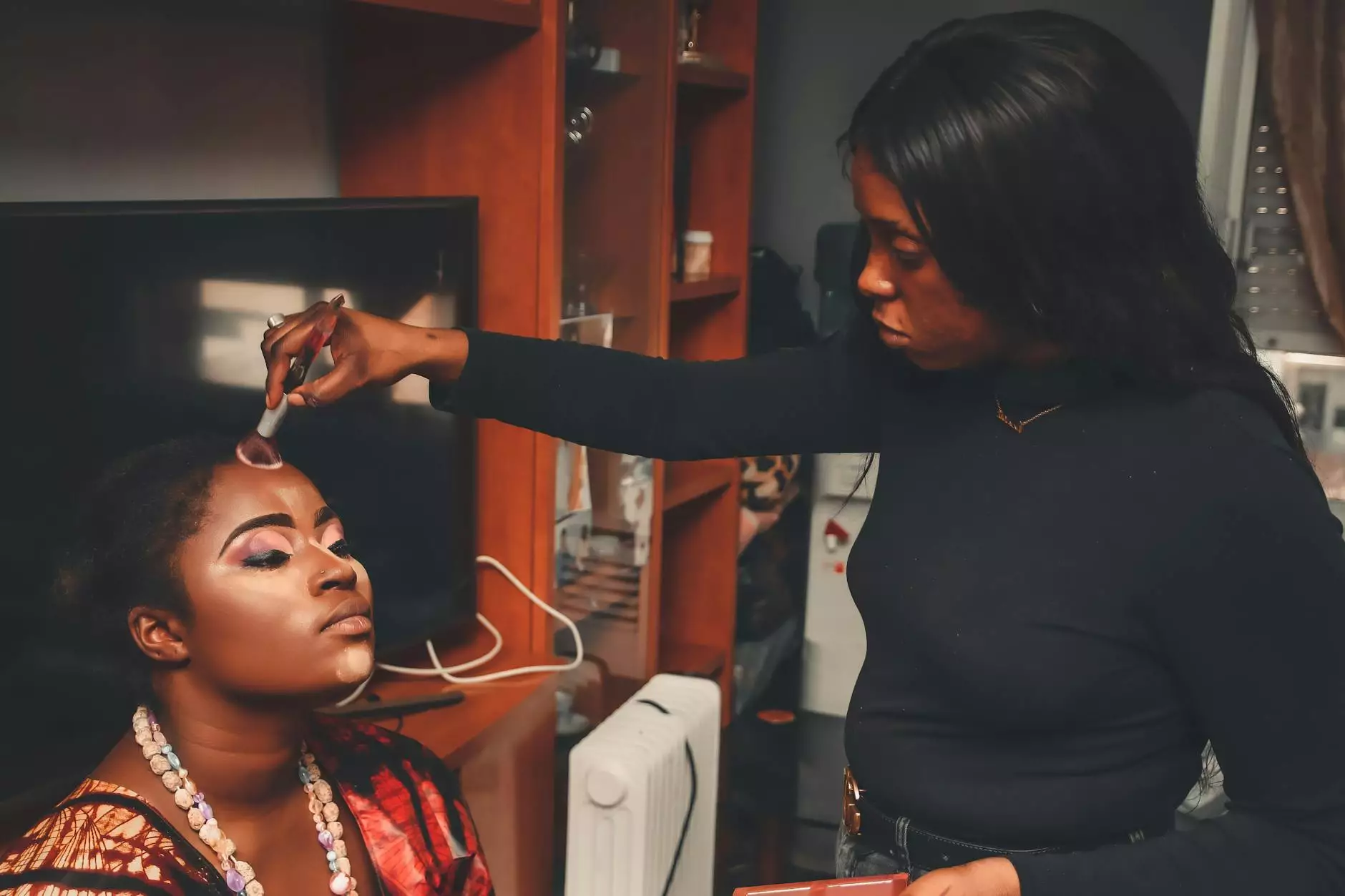Bilateral Salpingo-Oophorectomy: Understanding the Procedure and Its Impact on Women's Health

Introduction to Bilateral Salpingo-Oophorectomy
Bilateral salpingo-oophorectomy (BSO) is a surgical procedure that involves the removal of both ovaries and fallopian tubes. This surgery is often employed in the treatment of various conditions such as ovarian cancer, endometriosis, or to reduce the risk of breast cancer in women with BRCA1 or BRCA2 gene mutations. This article delves into the comprehensive details surrounding this procedure, its implications on health, recovery, and the emotional aspects associated with it.
The Importance of Understanding BSO
Understanding the complexities of bilateral salpingo-oophorectomy is crucial for women facing reproductive health issues. This procedure can significantly influence hormonal balance, reproductive health, and overall well-being. Knowledge about the procedure empowers patients to make informed decisions about their health care.
Indications for Bilateral Salpingo-Oophorectomy
Several medical conditions may necessitate a bilateral salpingo-oophorectomy. Below are some of the primary indications:
- Ovarian Cancer: Women diagnosed with ovarian cancer may require BSO as part of their treatment plan to eliminate cancerous tissues.
- Endometriosis: This painful condition, where tissue similar to the lining of the uterus grows outside it, may lead to a BSO if less invasive treatments are unsuccessful.
- BRCA Gene Mutations: Women with certain genetic mutations might opt for a preventive BSO to lower their risk of breast and ovarian cancer.
- Pelvic Inflammatory Disease (PID): Severe cases of PID that do not respond to other treatments might also lead to the need for this surgery.
The Surgical Procedure Explained
The surgical process of a bilateral salpingo-oophorectomy can be performed via different techniques, mainly laparoscopic (minimally invasive) or open surgery. Here’s a detailed look at both methods:
Laparoscopic Surgery
In laparoscopic BSO, the surgeon makes several small incisions in the abdomen. A laparoscope, a thin tube with a camera at the end, allows the surgeon to see inside the abdomen. Using specialized instruments inserted through these incisions, the surgeon removes the ovaries and fallopian tubes.
The benefits of laparoscopic surgery include:
- Reduced recovery time
- Less postoperative pain
- Minimal scarring
Open Surgery
In cases where laparoscopic surgery is not possible, an open surgical approach may be employed. This involves a larger incision in the abdominal wall, allowing the surgeon to remove the ovaries and fallopian tubes directly.
While this method may result in longer recovery times and increased pain, it might be necessary for extensive surgeries or if complications arise.
Risks and Complications Associated with BSO
As with any surgical procedure, there are risks involved with bilateral salpingo-oophorectomy. Potential complications may include:
- Hemorrhage: Excessive bleeding may occur during or after the surgery.
- Infection: Surgical incisions can become infected if not properly cared for.
- Hormonal Changes: Removing the ovaries triggers menopause and may lead to symptoms like hot flashes, mood changes, and increased risk of osteoporosis.
- Damage to Surrounding Organs: Nearby organs may be inadvertently injured during the procedure.
The Hormonal Impact of Bilateral Salpingo-Oophorectomy
Removing the ovaries effectively ends a woman’s reproductive ability and causes her body to stop producing estrogen and progesterone, leading to immediate menopause. It is essential to understand the potential hormonal impact, which can significantly affect a woman’s quality of life.
Hormonal replacement therapy (HRT) can help manage symptoms associated with sudden menopause. Doctors may suggest different forms of HRT, which could include estrogen and progesterone therapy, to alleviate symptoms. Women should discuss their options and history with their healthcare providers when considering HRT.
Recovery Process After BSO
Recovery after a bilateral salpingo-oophorectomy varies depending on the surgical approach used. Generally, patients can expect:
Hospital Stay
If laparoscopic surgery is performed, patients may be able to go home within a day or two. Open surgery might require a longer hospital stay, ranging from two to five days.
At Home Care
At home, patients should follow their doctor's post-operative care instructions, which typically include:
- Rest and gradual increase in activity
- Avoiding heavy lifting and strenuous exercise for several weeks
- Monitoring incision sites for signs of infection
- Following up with healthcare providers for recommended check-ups
Emotional and Psychological Considerations
The decision to undergo a bilateral salpingo-oophorectomy can be emotionally taxing. Patients may experience feelings of loss regarding their fertility and anxiety about the changes in their bodies and health. It is essential for individuals to seek emotional support, whether from friends, family, or mental health professionals.
Support groups and counseling can be beneficial for women navigating the challenges associated with such significant life changes. Open discussions about feelings surrounding surgery can help in processing and accepting these changes.
Long-term Health Implications
After a bilateral salpingo-oophorectomy, ongoing health monitoring becomes crucial. Women are at a higher risk for certain conditions post-surgery, including:
- Osteoporosis: The absence of estrogen can lead to decreased bone density. Bone density screening and preventive measures such as calcium and vitamin D intake, along with weight-bearing exercises, are recommended.
- Cardiovascular Disease: Estrogen plays a role in heart health, so regular cardiovascular monitoring and lifestyle modifications are essential.
- Mental Health Issues: Increased risks of depression and anxiety can arise post-surgery, necessitating attention to mental health and emotional well-being.
Conclusion: Empowering Women Through Knowledge
The choice to undergo a bilateral salpingo-oophorectomy is significant and deeply personal. By understanding the procedure, its implications, and the recovery process, women can better navigate their health journeys. Effective communication with healthcare professionals, ongoing support, and education about health risks can empower women post-surgery.
For more information about bilateral salpingo-oophorectomy and other women’s health issues, visit drseckin.com, where you can find resources, support, and expert guidance specifically tailored for women's health needs.









